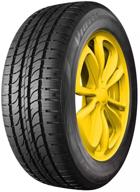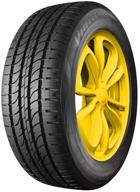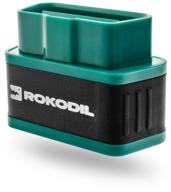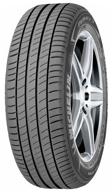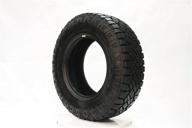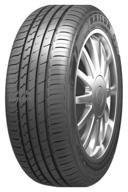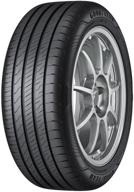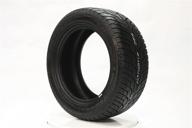
Review on Tenhulzen Plates Degrees Conversion Included by Chris Edgerton

Works but not as well as I thought
It can also measure camber and caster for $20 more. See below. This article will do the job, but it's not as good as the video shows if you've seen it. 1. The rims are not high enough for my tires. I have to put a 2" piece of wood on the floor to get the plate high enough for the "screw ends" to touch the inside of my wheelbase. This sometimes causes the rig to wobble a bit, requiring me to fiddle around to find a spot where the plates aren't moving. 2. Plates do not "snap" as shown in the video. To do this, unscrew all the tips and collect them on the other side of the plate. This might take a while. Also, the panels only stick together because the tape measure is pinched.3. The black tips of the bolts that come in contact with the wheelbase are plastic. They are VERY EASY to screw into the aluminum part. Since you have to unscrew/unscrew them every time you want to put the plates together, this is a big disadvantage. For this reason I have chosen never to unscrew them and to store them differently than shown in Figure 4. Since the tips are screwed in/out, you need to make sure they are all screwed in the same amount, otherwise the difference in length of each tip will ruin your results. I used a caliper to check, but screwing it in should work fine. It can also measure CAMBER and CASTER for $20 more. I saw no reason to buy the more expensive $200 3300 model for it. Instead, I just bought a $20 digital protractor, just like the one that comes with the $200 kit. You can use a protractor with this model to measure camber the same way you would use a $200 model. Camber can also be measured by replacing the included triangle with a sheet of paper folded at a specific angle. Search the internet for instructions. From what I understand you spin the bike 20 degrees (steer angle1), measure camber, then 20 degrees in the other direction (steer angle2), measure again and use the following formula: Caster (degrees) = (180/3.1415) * [(Camber1 - Camber2) / (Turn1 - Turn2)]
- Nice to use
- old


